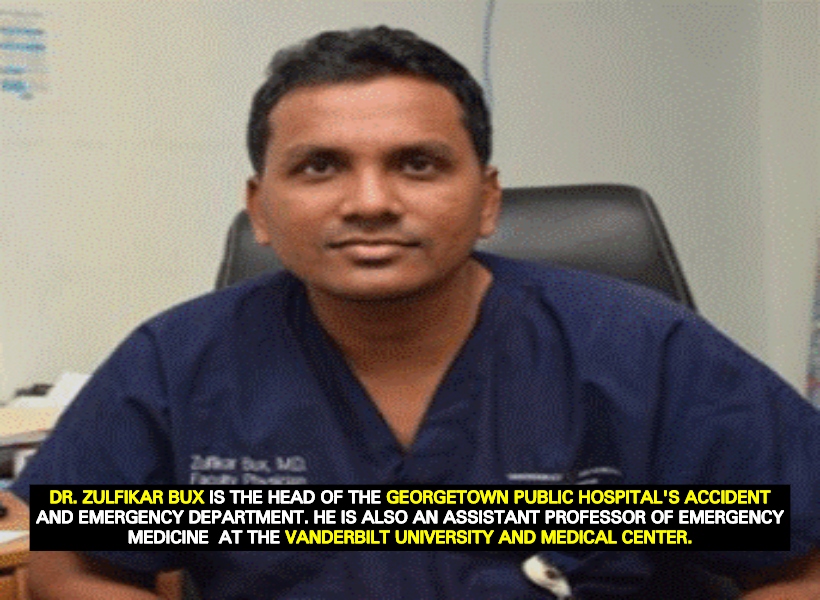Guyana like other countries across the globe are still battling to scourge of the HIV. Just recently it was made public that as at the end of last year Guyana has some 8,000 infected individuals on record of which just over 5,000, including children are currently on treatment. It has been found too that based on statistics men are likely to contract the disease three times more than females.
There have been talk over the ages that male circumcision can be the answer to reducing the spread of the disease. Male circumcision is the procedure where the foreskin of the penis is surgically removed. In Guyana it is mostly done for religious reasons, but evidence is now showing that there are other reasons which are building more support for this procedure.
Between the years 2002 to 2004, multiple studies were done in Africa which proved that male circumcision decreased the risk of female to male HIV transmission among men who were circumcised. There was a 60% drop in female to male HIV transmission in the circumcised males. In March 2007, the World Health Organization (WHO) and the Joint United Nations Programme on HIV/AIDS (UNAIDS) formally endorsed male circumcision as a mode of decreasing HIV transmission in heterosexual males.
This benefit of decreased HIV transmission risk only applies to heterosexual sex. It does not decrease risk of acquiring HIV in male to male sex in both males. A male who is circumcised will be at a lower risk of acquiring the HIV virus if he were to have unprotected sex with an HIV infected woman than an uncircumcised male.
His chances of acquiring HIV are six times less than an uncircumcised male.Uncircumcised males have specific cells under the foreskin of their penis that are more vulnerable to transmission of infections than the other cells of their penis. When a male is circumcised these cells are removed and he is therefore less susceptible to acquiring infections including the HIV infection.
As beneficial as circumcision is proving to be, it is not a miracle cure. Although it significantly decreases the chance of female to male HIV transmission it’s not a foolproof plan. There is still a small chance of acquiring the virus if a circumcised male is to recklessly have unprotected sex with multiple females who may have HIV. Having one partner and the use of condoms are still the safer options. Circumcision may be looked at as a “back-up” plan, but should not be the first and only plan to fight against HIV transmission.
Circumcision is a safe, simple and short surgical procedure.
Complications are rare and easily managed and may be any of the following:
– Bleeding at circumcision site
– Infection at circumcision site
– The foreskin might be cut too short or too long
– The foreskin might fail to heal properly
– The remaining foreskin might reattach to the end of the penis, requiring minor surgical repair
Researchers have also found that male circumcision lowers risk of males acquiring the following conditions:
– Herpes infection
– Syphilis
– Gonorrheal infection
– Chlamydia infections
– Urinary tract infections
– Penile cancerOnce the male risk decreases, his female partner will benefit in the long run.
Circumcision also prevents germs from accumulating under the foreskin of the penis and therefore significantly helps with cleanliness.
In life we tend to choose the options which will benefit our livelihood and output. Being circumcised is an option. The evidence has so far shown circumcision to be a beneficial option.












